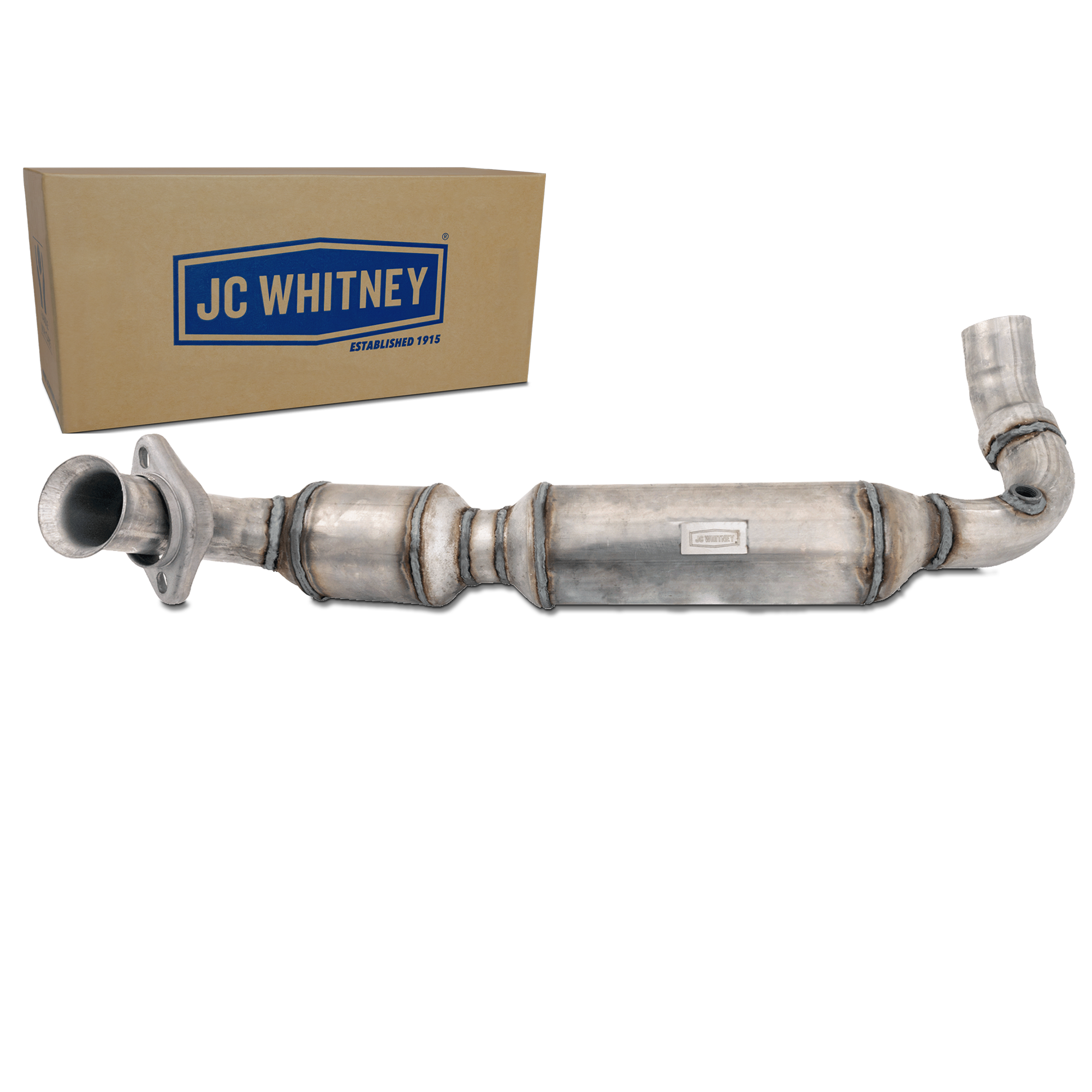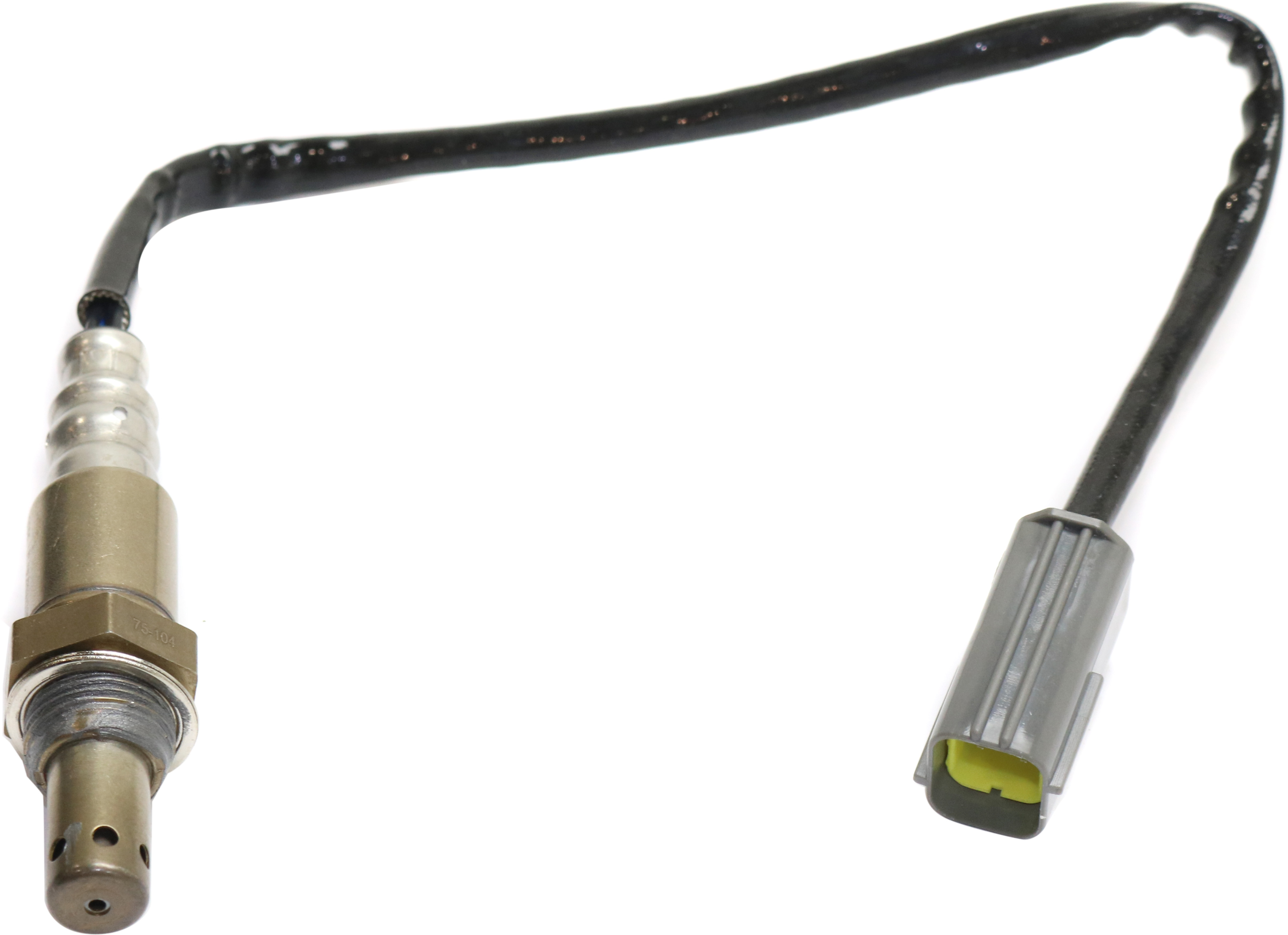The P0431 code indicates the powertrain control module (PCM) has perceived the warm up catalytic converter (on bank 2) is not operating properly. If your vehicle logs this code, it is important that you familiarize yourself with what it entails before troubleshooting. What does the engine code P0431 code mean, what are its possible causes, and how is it fixed? Read on to learn the answers to these questions and mode.

What Does the P0431 Code Mean?
Diagnostic trouble code (DTC) P0431 stands for “Warm Up Catalytic Converter, Bank 2—Efficiency Below Threshold.” It means that your car’s primary computer or powertrain control module has detected that the catalytic converter is not efficient enough based on factory specification. The downstream sensor is the one between the two catalytic converters in the illustration shown.

Catalytic converter efficiency is monitored using upstream and downstream oxygen sensors. Most of these sensors contain zirconium dioxide-sensing elements enclosed by vented steel housings. These are connected to the lead wires in the oxygen sensor wiring harnesses via platinum or gold plated connector terminals.

The PCM will store code P0431 if it reads that the upstream and downstream oxygen sensors of the catalytic converter on Bank 2 are switching near the same rather than the rear sensor reflecting a lazy signal, as is normal (see illustration). This code will also activate the malfunction indicator lamp.

Read our technical discussion about how the catalytic converter works to pick up more information that can help you resolve code P0431 if you’re looking for a DIY fix.
Note: The definition of code P0431 may be different depending on the vehicle manufacturer. Consult the appropriate repair manual or repair database for the exact code definition.

What are the Possible Causes of the P0431 Code?
Here are the common causes of the P0431 code:
- Bad catalytic converter
- Faulty oxygen sensor that’s not working properly
- Presence of an exhaust leak
What are the Common Symptoms of the P0431 Code?
Depending on the severity of the catalytic converter problem, other related DTCs may also be stored. Their symptoms may vary or overlap. Regardless of whether you’re dealing with multiple DTCs or just the P0431 code, you can expect an illuminated check engine light. Here are other symptoms you may experience with the code P0431:
- Diminished fuel efficiency
- Decreased engine performance

How to Diagnose the P0431 Code
Diagnosing code P0431 can get a little tricky as the process may vary depending on the year, make, and model of your car. For example, diagnosing a P0431 in a Mitsubishi may involve steps that are different from what the owners of other makes and models follow. The viable solution would be to seek a certified mechanic’s help to save yourself from costly mistakes.
How to Fix the P0431 Code
There’s no universal fix to clear the P0431 code as the solution varies based on the causes and the vehicle’s make and model. If you’re not confident with your DIY skills and knowledge about the code, it is best to let the professionals handle the job.
If you have decent DIY skills to work on your car, you may use online auto repair resources and guides to figure out the proper way of fixing DTC P0431. One of the best examples you could use is ALLDATA. This subscription will give you access to thousands of information that you can use for your convenience. Also, keep in mind to cross-check with the repair manual before starting the repair process.
How to Get a Quality Replacement Catalytic Converter
A bad catalytic converter is likely triggering DTC P0431 in your vehicle. This faulty part is probably also causing engine performance issues and diminished fuel efficiency. It’s a pain to deal with these symptoms, so replace your vehicle’s bad catalytic converter immediately. If you’re looking for new parts or tools for this project, try CarParts.com.
You can trust CarParts.com to have your back. On our site, we aim to help you order online with confidence. Our price-match guarantee ensures that you’re getting the best deals in the market. If you see one of our parts selling for cheaper on a competitor’s site, we’ll be happy to meet or beat their price on the spot. We also value our returning customers. With our lifetime replacement guarantee, you can send back any run-down, old parts you bought from us. We’ll send you a replacement part for free. If you order now, we’ll ship your part to your door in as fast as two business days.
Resolve DTC P0431 as soon as possible. Buy a new catalytic converter at CarParts.com.
Products Mentioned in this Guide
Shop this Project



Any information provided on this Website is for informational purposes only and is not intended to replace consultation with a professional mechanic. The accuracy and timeliness of the information may change from the time of publication.


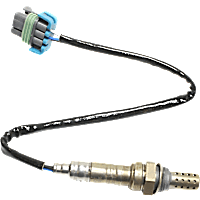 Oxygen Sensor
Oxygen Sensor
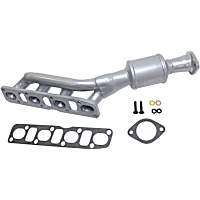 Catalytic Converter
Catalytic Converter
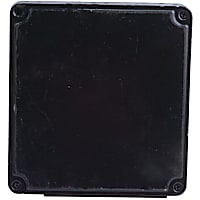 Engine Control Module
Engine Control Module

